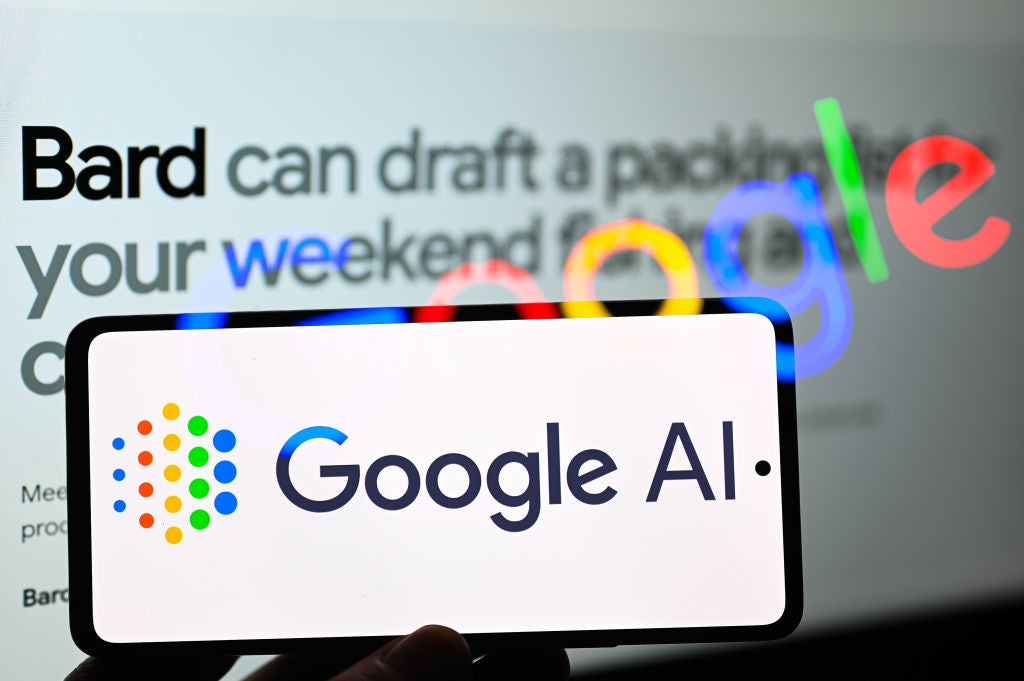
Google announced on Twitter (30th March, 2023) the release of new artificial intelligence (AI) features for Gmail and Google Docs to a group of ‘trusted users’ in preparation for public use of Bard. This announcement comes after a plea for a pause in AI development from industry leaders.
Earlier this month, Google launched its plans for AI chatbot Bard and is now expanding public testing of this feature to Google Docs and Gmail. The company plans to expand this AI features to slides, sheets, meet, and chat.

Access deeper industry intelligence
Experience unmatched clarity with a single platform that combines unique data, AI, and human expertise.
But the plea by industry leaders for a pause on AI is a cause for concern.
“Google Bard is yet another tool added to the growing pool of AI-powered chatbot releases. While these chatbots are undoubtedly creative and powerful tools for learning, there is also the risk that they could be weaponised for nefarious purposes,” CISO at cloud security company Abnormal Security, Mike Britton, told Verdict.
In Gmail, AI technology can be used to draft things such as birthday invitations and even job cover letters – similar to ChatGPT-4.
Google Docs will make the text more detailed or re-write text to aid conciseness. It will also have a ‘help me write’ button on the web that expands to expose a prompt.

US Tariffs are shifting - will you react or anticipate?
Don’t let policy changes catch you off guard. Stay proactive with real-time data and expert analysis.
By GlobalDataThe test program will submit feedback to the Google team to help refine the generative AI’s functionality.
While this testing adheres to responsible innovation, the company must still be careful with future AI development and features – especially with Gmail.
Britton suggests, “a more effective approach may include leveraging security tools that use AI as their key defence.”
By employing behavioural and relationship analysis across the email environment, organisations can begin to understand normal behaviour and detect when an incoming email deviates from that norm [phishing],” he said.







